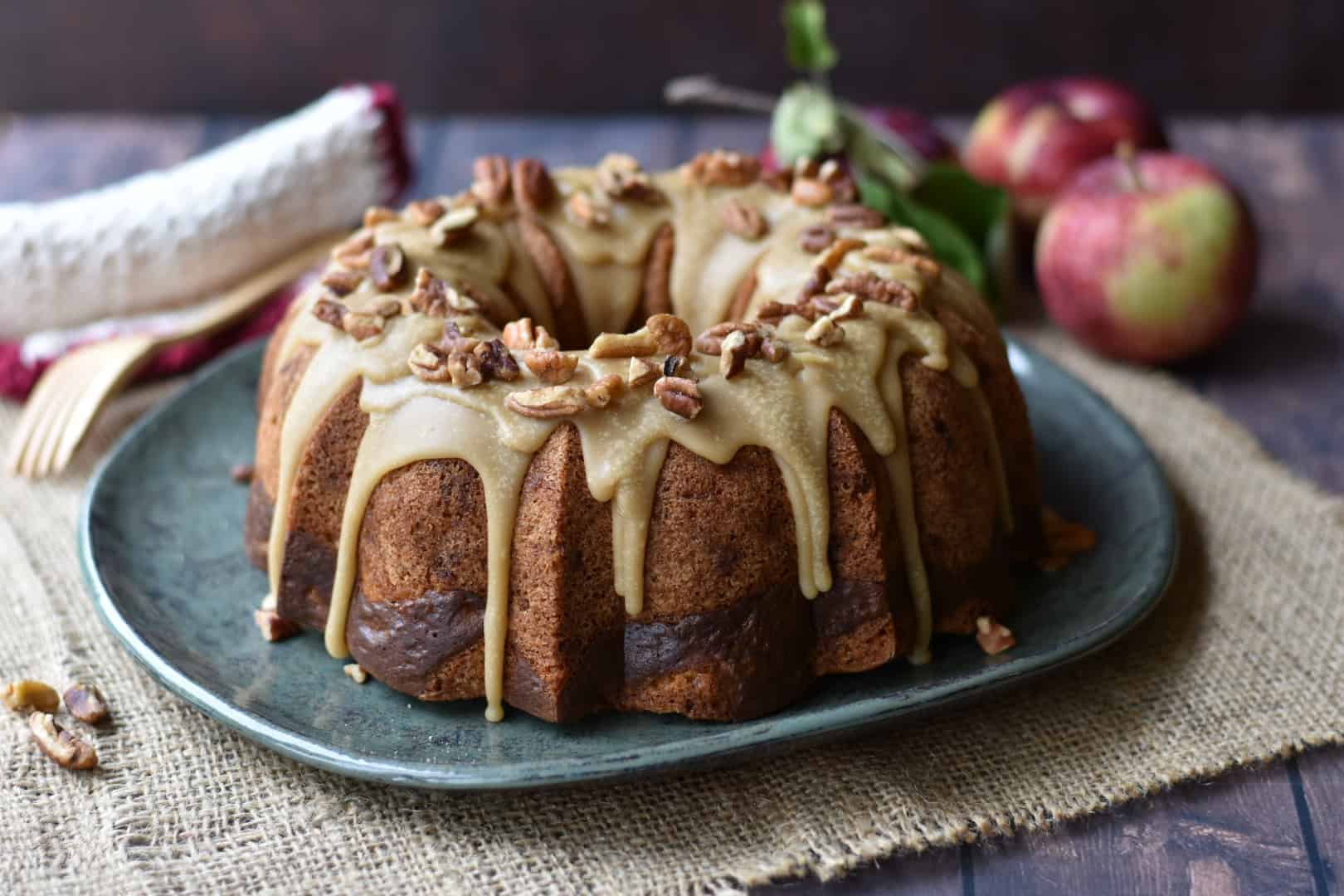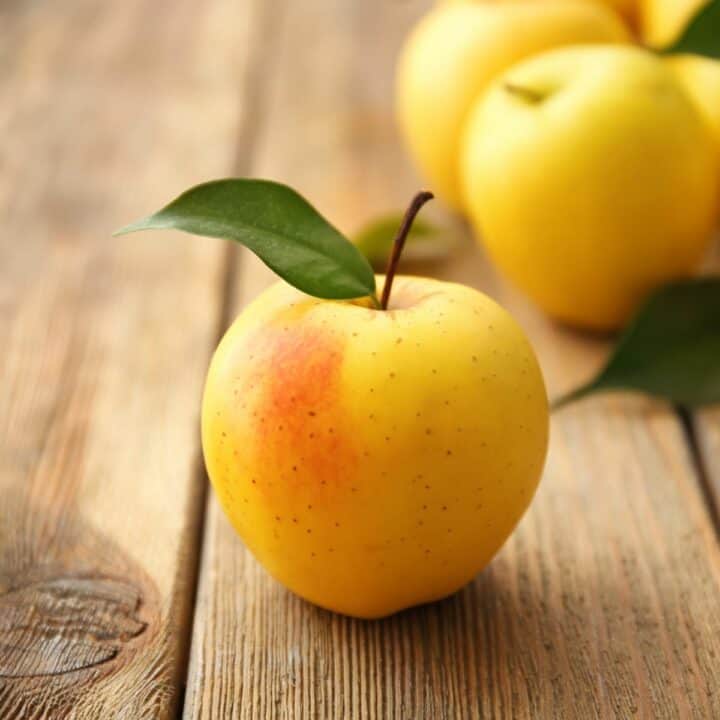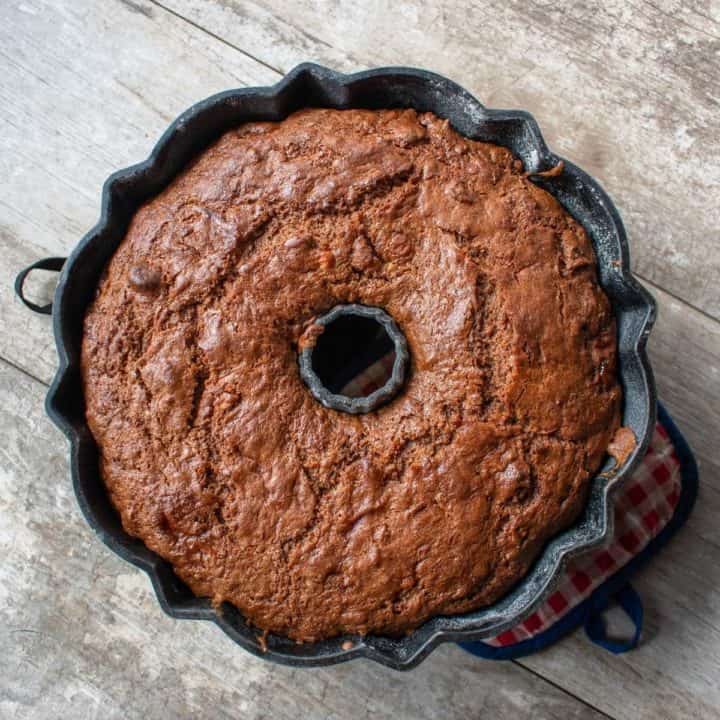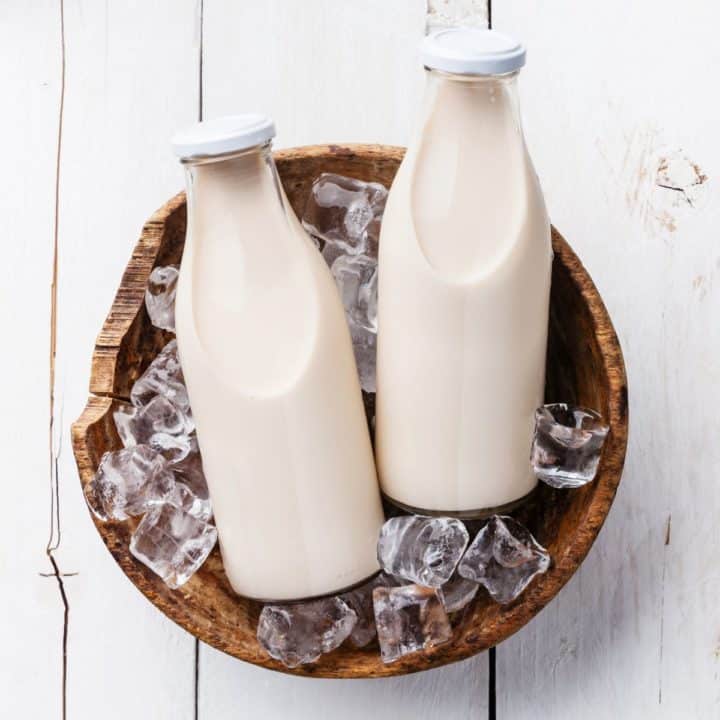Knowing how to cool cake properly will help you make stunning and delicious cakes. Cake is one of the most requested desserts, and it never fails to please a crowd. Whether you're making sheet cake, layer cake, pound cake, or bundt cake, these tips apply to them all.

It's important to cool cake before spreading on icing or glaze or adding layers. The layers will hold up better, and your cake will stand tall without crumbling. Adding glaze to cool cakes ensures that they don't melt and become too thin but sit on top of the cake in beautiful designs.
Read below for some best practices for cooling cake quickly and efficiently so you can make beautiful cake every time.
Jump to:
How Long Does a Cake Take to Cool
Knowing how long it takes to cool your cake helps you to plan when you can put on the icing and when it'll be ready to eat.
A hot cake from the oven takes up to two hours to cool completely on the counter, while a combination of cooling on the counter and in the refrigerator can shorten that time to one hour.
How to Cool a Cake
- First, allow the cake layers to sit in the pan for a few minutes, so it doesn't crack and fall apart when you remove them.
- Then, remove the cake from the pan by placing a cooling rack on top and then carefully flip them over. The cake should fall neatly from the pan and onto the wire rack.
- Allow it to cool on the rack for 20 more minutes. You can place it in front of a fan to help speed this part of the cooling process.
- Then place it in the refrigerator for another 30 minutes.
- It should be completely cool by then. If not, leave it in the fridge for another 10 minutes.
Frequently Asked Questions
For best results, leave the cake uncovered while cooling. If the cake is covered, that hot air will have nowhere to go, making the cake soggy. Also, the tops of the cakes will peel off when removing the covering if they were touching.
It's important to allow the moisture and heat to evaporate into the air so the cake can cool properly. Leave it on the counter first, then place it in the refrigerator for the rest of the cooling time.
If the cake is moist to begin with, you don't need to worry about it drying out while cooling on the counter for two hours or in the fridge for one hour.
It should be completely cool by then, and then you can cover and store it in the fridge or freezer or coat it with icing. Keep it in a cake carrier on the counter after frosting, so it stays moist even longer.
How Long to Cool a Cake Before Frosting
The best way to frost a cake is to let the cake cool to room temperature before spreading on a thin layer of frosting with a rubber spatula or butter knife.
This is important because if the cake is still hot, the top of your cake will crumble and make the frosting lumpy. This applies to any type of cake, especially delicate crumb cakes and layer cakes.
You can also allow the cake to cool in the fridge on a cooling tray until it's cold. This will help that first layer of frosting to stick to the cake more easily.
How Long Should a Cake Cool Before Taking it Out Of the Pan?
It's important to allow the cake to cool before taking it out of the hot pan. The texture of the cake is too soft to remove the cake from the pan right after taking it out of the oven.
Keep the cake in the pan for at least 10 minutes and up to 20 minutes before removing it. Don't wait too long, though, because the cake will stick to the baking pan and won't slide out easily.
An easy solution to your cake falling apart when flipping it onto a flat surface is to use a springform pan rather than a regular cake pan.
These handy pans have a clasp that allows you to unhook it and slide it over the sides of the cake. The bottom of the pan stays under the cake, so you move it around easily.
How To Store a Cake
You can store a whole cake wrapped in saran wrap or in an airtight container in the fridge for up to three days.
Freeze your cake to keep it fresh for up to three months.
You can freeze frosted cakes on a cake board in a plastic container or unfrosted cakes wrapped in a piece of plastic wrap.
If you store cake layers together, separate them with a piece of parchment paper, so they don't stick together.





Comments
No Comments